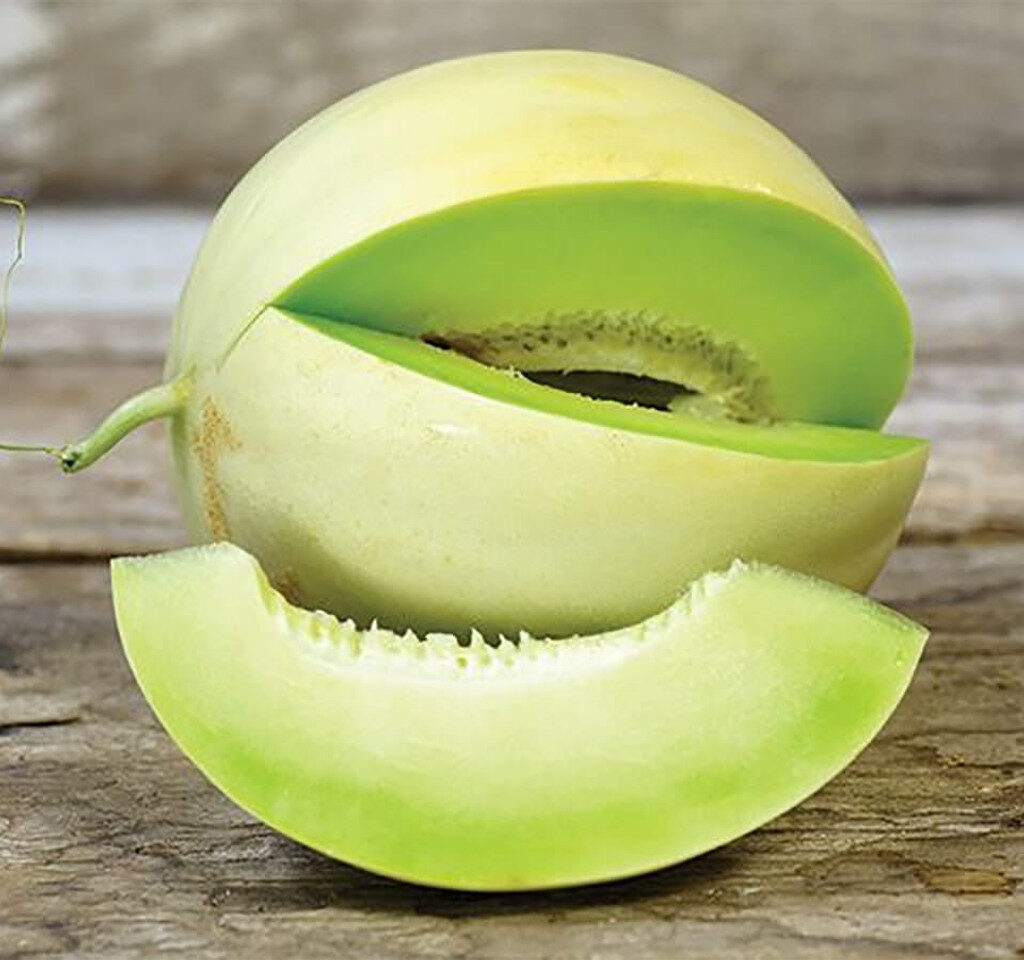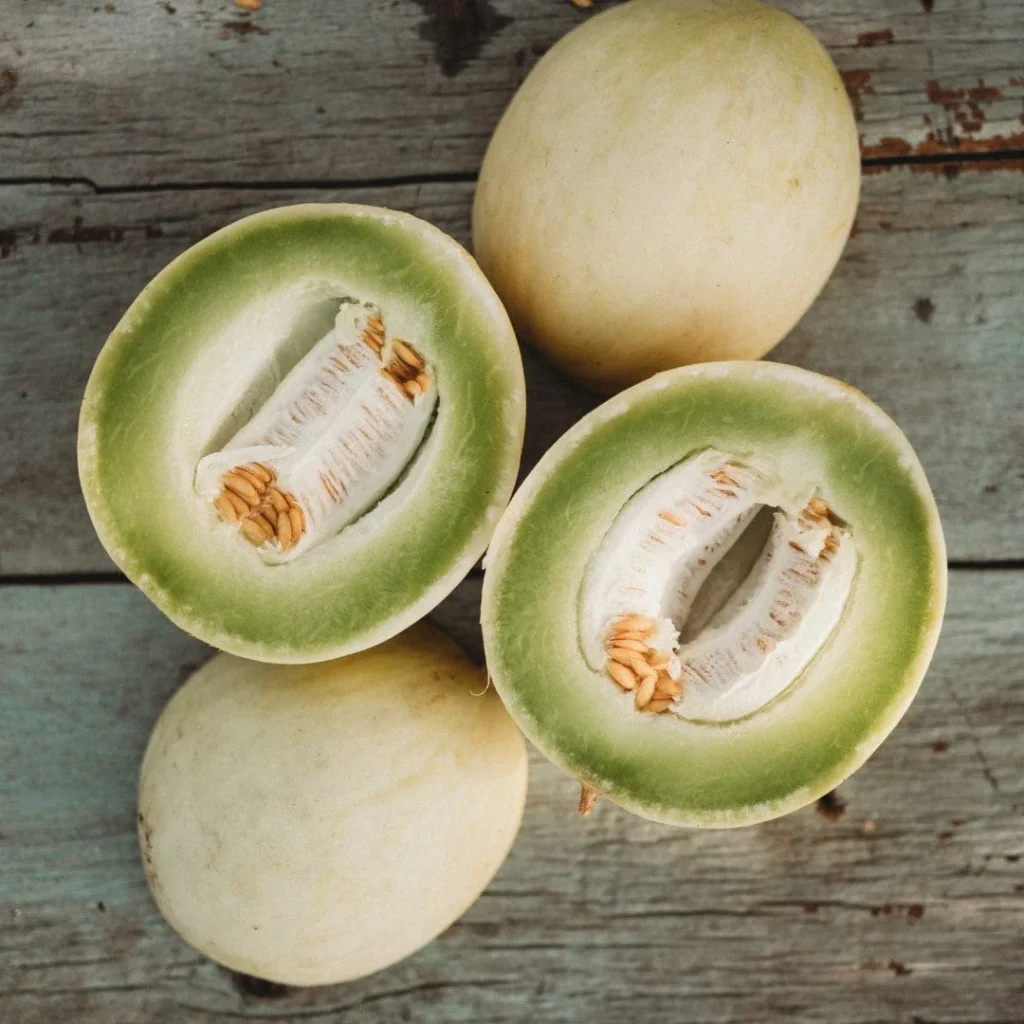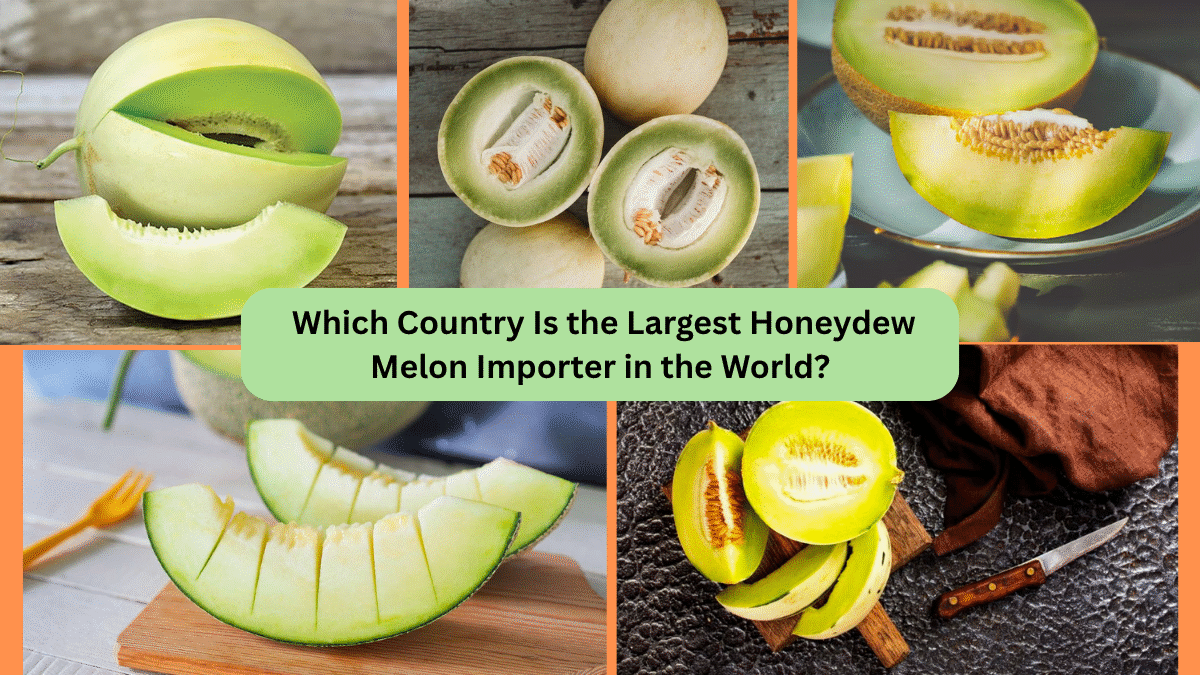Among the family of sweet, succulent melons, honeydew melon stands out with its smooth pale rind, refreshing pale green flesh, and juicy, mellow flavor. Popular worldwide for its hydrating properties and light sweetness, honeydew is a staple in fresh-cut fruit platters, smoothies, desserts, and healthy snacks.
But not every country can grow honeydew melons year-round. As a result, several nations heavily rely on imports to satisfy consumer demand, especially during off-seasons. In the global market for fresh melons, one country consistently leads as the largest importer — and that country is the United States.
This article takes a deep dive into which country imports the most honeydew melons in the world, the reasons behind this trend, the global trade dynamics, key suppliers, and how import patterns shift with seasons.
Global Melon Market Overview

Before zeroing in on honeydew specifically, it’s important to understand how melons are traded globally. Honeydew melons, along with cantaloupe and other melons (excluding watermelon), fall under the international trade code HS 080719. In this category:
- The total global import volume of fresh melons (excluding watermelons) reaches nearly 1.9 million metric tons annually.
- The combined trade value exceeds $1.8 billion USD.
- This trade is driven by consumer demand for fresh, healthy, hydrating fruit in both warm and cold climates.
Honeydew, known for its longer shelf life compared to some other fruits, travels well and holds a significant portion of this trade, especially in countries with strong year-round demand.
The United States — The Largest Honeydew Melon Importer
When it comes to importing honeydew melons, the United States ranks as the largest importer in the world. Although the U.S. itself produces a considerable quantity of honeydew during its domestic growing season (from May to October in states like California, Arizona, and Texas), it still needs substantial imports to meet market demand, especially in the winter and spring months.
Key U.S. Import Data:
- The United States imports approximately 567,000 metric tons of fresh melons annually.
- While specific data separating honeydew from other melons is limited due to HS code grouping, industry reports and shipment data confirm that honeydew makes up a significant share of these imports.
- The total value of U.S. melon imports hovers around $387 million annually, making it the top importer by both volume and value.
Where Does the U.S. Import Its Honeydew From?

Due to its proximity, favorable trade agreements, and complementary climates, the U.S. sources its honeydew melons mainly from neighboring and Central American countries:
- Mexico (the largest single supplier)
- Guatemala
- Honduras
- Costa Rica
During the colder months, these countries harvest honeydews, cantaloupes, and other melons, exporting them to the U.S. to fill domestic supply gaps.
Why Is U.S. Demand for Imported Honeydew So High?
Several factors drive the high honeydew import volumes into the United States:
Seasonal Production Gaps
Honeydew production in the U.S. is seasonal, and import volumes surge in late fall, winter, and early spring when domestic crops are unavailable.
Year-Round Consumer Demand
American consumers increasingly prefer fresh produce throughout the year. Honeydews are popular in supermarkets, restaurants, hotels, and smoothie bars.
Popularity in Foodservice and Hospitality
Hotels, catering services, airlines, and quick-service restaurants use honeydew melons for fresh-cut fruit platters, breakfast buffets, and desserts.
Health and Wellness Trends
With growing awareness about hydration, vitamins, and plant-based diets, honeydew consumption has steadily increased in the U.S.
Other Major Honeydew Melon Importers

Though the United States leads the world in honeydew melon imports, several other countries also import sizable quantities:
| Rank | Country | Import Volume (Metric Tons) | Global Share |
|---|---|---|---|
| 1 | United States | 567,000 | 30% |
| 2 | Netherlands | 178,000 | 9.4% |
| 3 | Canada | 135,000 | 7.1% |
| 4 | United Kingdom | 127,000 | 6.7% |
| 5 | Germany | 117,000 | 6.2% |
| 6 | France | 108,000 | 5.7% |
Netherlands
Often acting as a European distribution hub, the Netherlands imports significant melon quantities, including honeydews, and re-exports them to neighboring EU countries.
Canada
Canada imports large volumes of melons, with honeydews making up a consistent share, especially during the colder months when domestic options are scarce.
United Kingdom
The UK has a steady year-round demand for fresh fruit, including honeydew, primarily supplied by Spain, Brazil, and Central American countries.
How Seasonal Patterns Influence Honeydew Imports

Since honeydew melons thrive in warm, subtropical, and tropical climates, their supply is highly seasonal in temperate countries like the U.S., Canada, and the UK. Imports help balance this demand-supply gap:
- Summer: U.S. and European countries source honeydews domestically.
- Winter and Spring: Imports from Mexico, Costa Rica, Guatemala, and Brazil dominate to ensure a continuous supply.
This year-round trade ensures that honeydew melons are available in supermarkets, hotels, and restaurants regardless of local growing conditions.
Nutritional and Market Appeal of Honeydew Melons
Honeydew melons are not just popular for their taste. Their health benefits significantly drive their demand:
- Rich in Vitamin C and potassium
- High water content (90%) makes them ideal for hydration
- Low in calories and fat
- Naturally sweet, making them a guilt-free dessert alternative
These qualities align perfectly with rising consumer trends in health and wellness, plant-based diets, and functional foods.
Price and Value Trends in Global Honeydew Trade

While global melon import volumes have slightly declined (by around 2.9% from 2019 to 2024), the total value has remained steady at over $1.8 billion USD annually. This indicates stable pricing and consistent global demand for quality melons.
Honeydew melon prices vary by region:
- Germany averages $1,352 per metric ton
- United States imports at around $900–$1,000 per ton, depending on the season
- Saudi Arabia and other Gulf countries import at lower average prices, around $450–$500 per ton
Conclusion
After reviewing global trade data, market trends, and seasonal demand patterns, it’s clear that the United States is the largest honeydew melon importer in the world. Driven by strong year-round consumer demand, a preference for fresh and healthy foods, and a thriving hospitality sector, the U.S. consistently tops melon import charts.
With reliable year-round sourcing from Mexico, Guatemala, and other Central American nations, the U.S. has successfully managed to keep supermarket shelves stocked and hotel breakfast buffets fresh with juicy honeydew melons, even in the depths of winter.
As health-conscious eating trends and global trade logistics continue to evolve, honeydew melons are expected to maintain their popularity, with the U.S. likely retaining its position as the world’s leading importer for years to come.





Leave A Comment